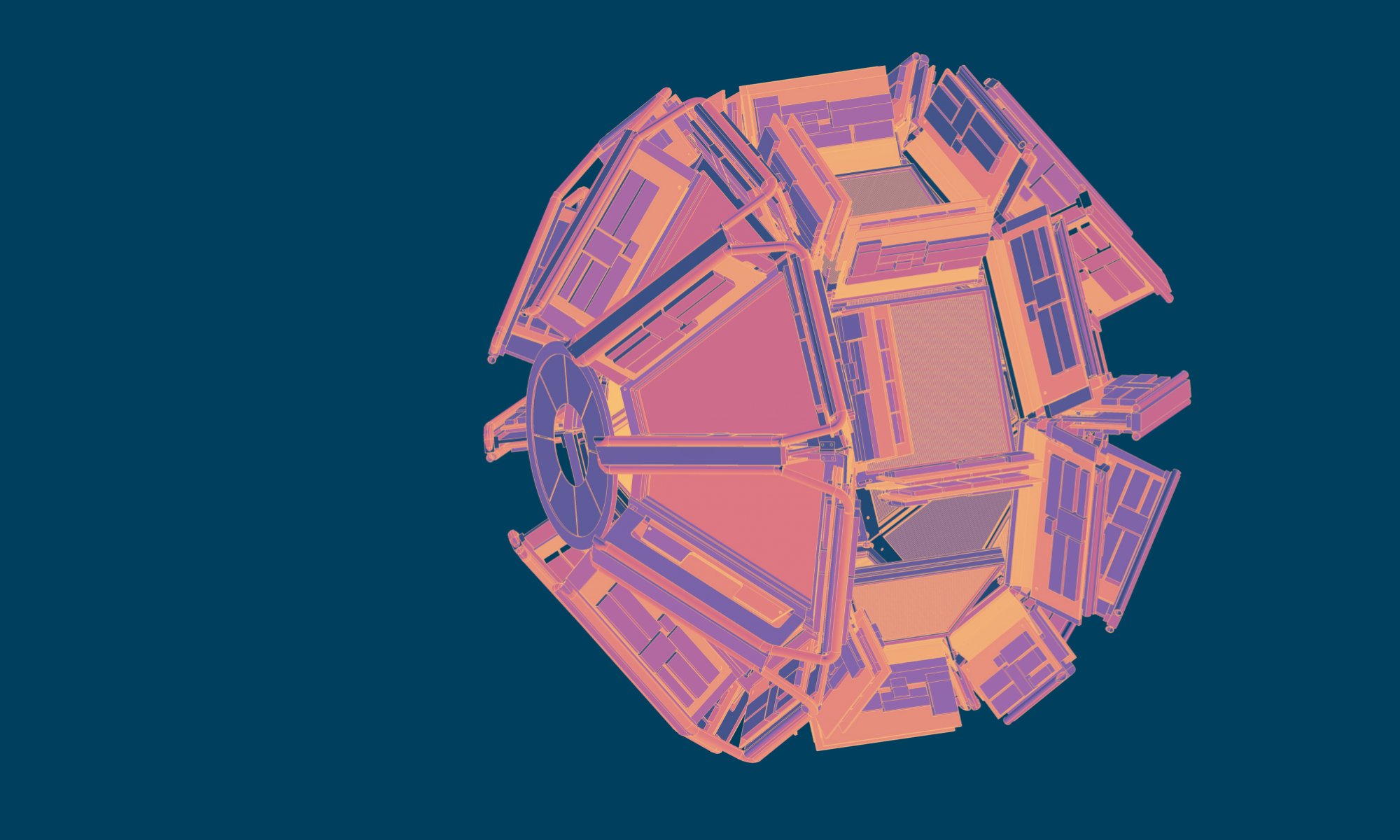GRIT stands for “Granularity, Resolution, Identification, Transparency”. It is a new generation silicon array for low energy nuclear physics built conjointly at the european level: France (IJCLab, LPC Caen, GANIL), Italy (INFN-Padova, INFN-LNL, INFN-Milano, and INFN-Firenze), Spain (IFIC-Valencia , University of Santiago de Compostela, and University of Huelva), and the UK (University of Surrey).
GRIT offers the unique possibility to investigate nuclear structure and nuclear astrophysics with high efficiency and high resolution by coupling with state-of-the-art gamma array like AGATA, PARIS, EXOGAM2, MINIBALL…
Below is the foreseen timeline for MUGAST/GRIT.







